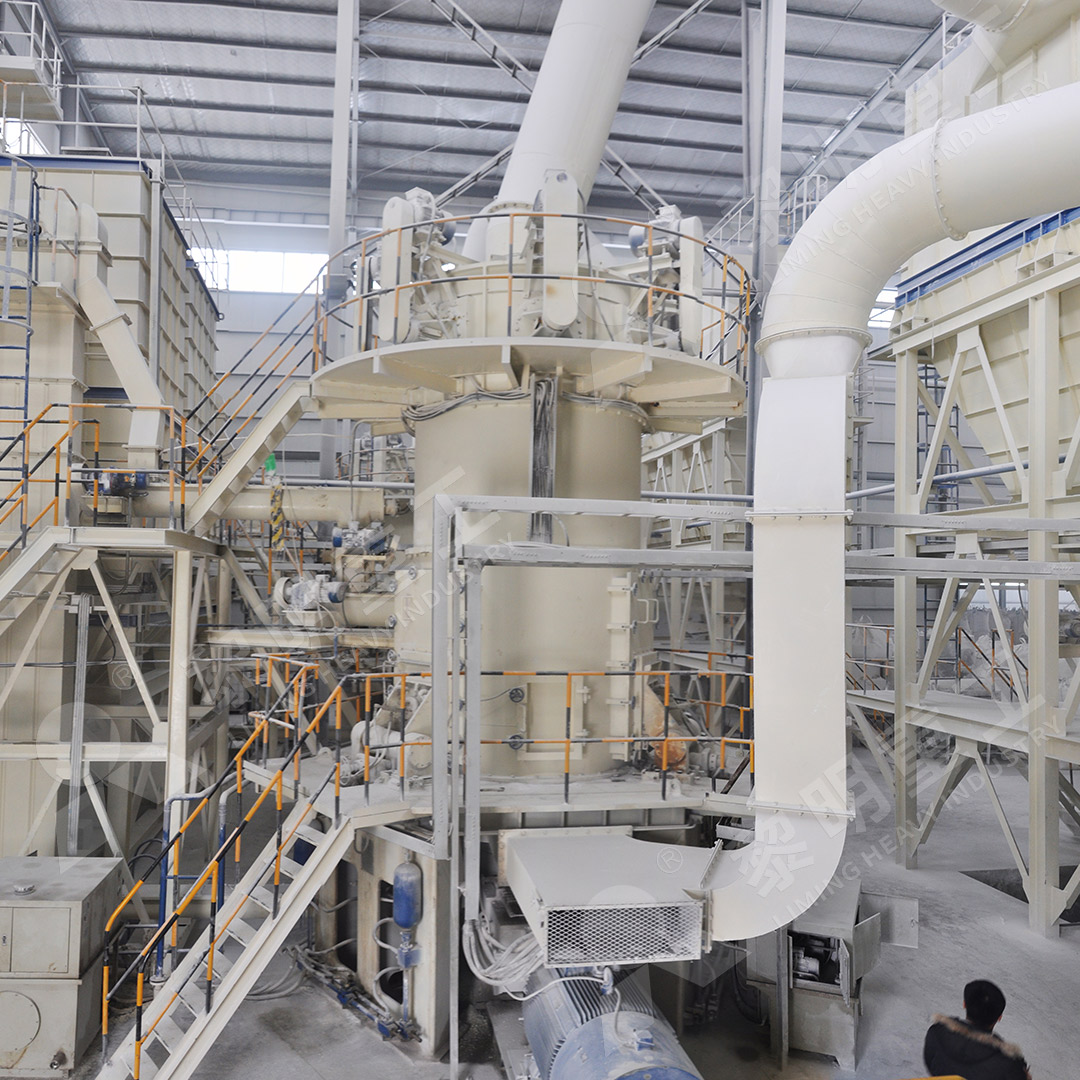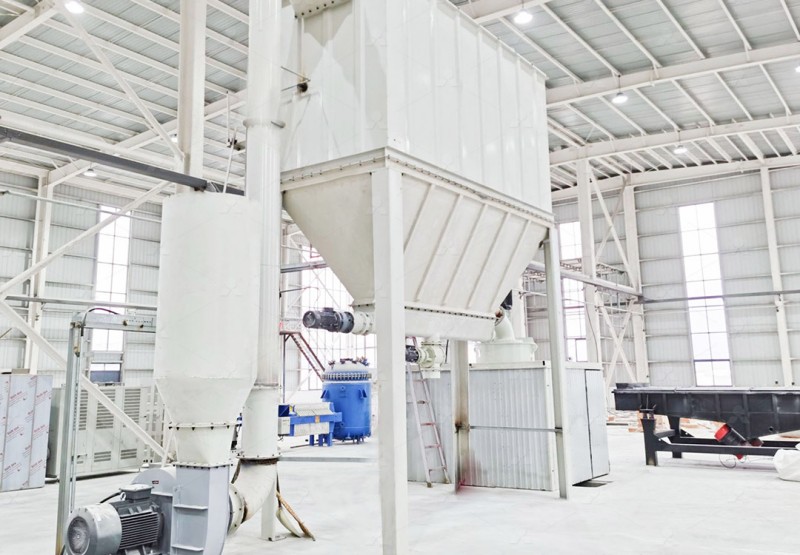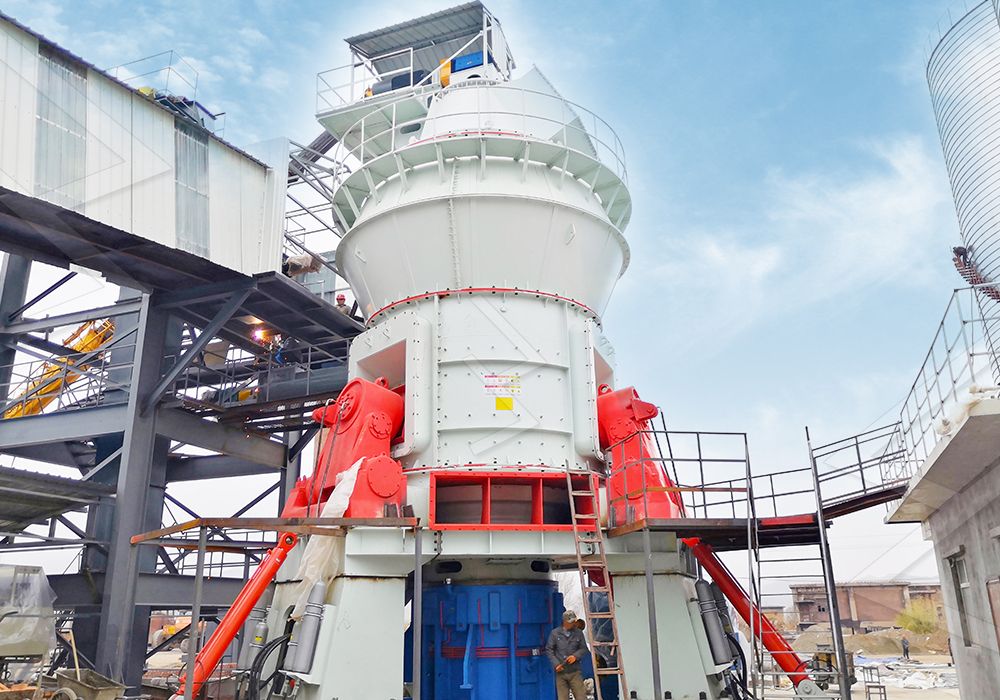Used European Vertical Roller Mills: A Guide to Sourcing Reliable Suppliers
We provide a wide range of mills — including Raymond mill, trapezoidal mill, vertical mill, ultrafine mill, and ball mill, obtained ISO9001 international quality certification, EU CE certification, and Customs Union CU-TR certification. Suitable for processing minerals such as limestone, phosphate, quicklime, kaolin, talc, barite, bentonite, calcium carbonate, dolomite, coal, gypsum, clay, carbon black, slag, cement raw materials, cement clinker, and more.
The discharge range of these mills can be adjusted to meet specific processing needs, typically from 80-400 mesh, 600-3250 mesh, and can achieve the finest particle size of up to 6000 mesh(D50).
If you are looking for a reliable grinding solution to turn stone or minerals into fine powder, please feel free to contact our online customer service.
Used European Vertical Roller Mills: A Guide to Sourcing Reliable Suppliers
Navigating the market for used European vertical roller mills (VRMs) can be a daunting task. While the allure of lower initial investment is strong, the risks associated with worn components, outdated technology, and lack of support are very real. The key to a successfull purchase lies in identifying reliable suppliers who offer well-maintained equipment with a clear service history and, crucially, access to genuine spare parts and technical expertise.
Key Considerations When Sourcing Used VRMs
Before you even begin your supplier search, it’s vital to understand your own operational requirements. What is your target capacity? What fineness do you need to achieve? What materials will you be processing? Answering these questions will narrow down the field of suitable mill models.
When evaluating a used mill, pay close attention to the condition of the grinding elements (rollers and table), the gearbox, the classifier, and the hydraulic system. Request maintenance logs and operating hours. A reputable supplier will be transparent about the mill’s history and should allow for a thorough inspection. Be wary of deals that seem too good to be true; often, the cost of replacing major worn parts can quickly eclipse the initial savings.

The Importance of Technical Support and Parts Availability
Perhaps the most critical factor is the supplier’s ability to support the equipment long after the sale. A used machine will inevitably require maintenance. Does the supplier have direct access to original manufacturer parts? Can they provide technical drawings and expertise? Partnering with a supplier that is also an original equipment manufacturer (OEM) or an authorized service provider can mitigate significant downtime risks.
For those looking for a more modern and reliable solution without the premium price of a brand-new unit, considering factory-reconditioned or upgraded models from OEMs is an excellent middle ground. Companies like LIMING often offer such options, providing peace of mind with updated components and full warranty support.
A Modern Alternative: The MW Ultrafine Grinding Mill
While sourcing a used European mill is one path, it’s worth evaluating the total cost of ownership against a new, more efficient design. For operations requiring ultra-fine powder between 325-2500 meshes, the MW Ultrafine Grinding Mill presents a compelling alternative. This machine is engineered for higher yield and lower energy consumption, boasting a production capacity 40% higher than jet mills and double that of ball mills, while using only 30% of the energy of a jet mill.

Its innovative design eliminates rolling bearings and screws in the grinding chamber, removing common failure points and allowing for external lubrication without shutdown. For operations prioritizing environmental standards, its efficient pulse dust collector and muffler ensure dust and noise pollution are kept to an absolute minimum. For a capacity of 0.5-25 tph handling materials like limestone, calcite, or talc, the MW series offers a reliable, high-precision solution that avoids the uncertainties of the second-hand market.
Another Robust Option: The LUM Ultrafine Vertical Grinding Mill
Another standout performer for fine and ultra-fine grinding is the LUM Ultrafine Vertical Grinding Mill. Integrating the latest grinding roller and powder separating technology, the LUM mill is designed for higher yielding rates and better product quality. Its unique roller shell and lining plate grinding curve make it easier to generate a stable material layer, enabling a high rate of finished product in a single pass.
A key feature for maintnenance is its reversible structure. This design, coupled with a hydraulic system, allows operators to easily move the heavy grinding roller out of the body for inspection and part replacement, drastically reducing downtime and associated costs. With an input size of 0-10mm and a capacity range of 5-18 tph, it’s a versatile workhorse for superfine dry powder production.

Conclusion
Sourcing a used European vertical roller mill requires diligence, a keen eye for detail, and a partnership with a trustworthy supplier. Prioritize suppliers who offer transparency, technical support, and genuine parts. However, for many operations, the advanced efficiency, reliability, and environmental benefits of modern mills like the MW and LUM series can offer a superior return on investment, making them a worthwhile consideration before committing to the used equipment market.
